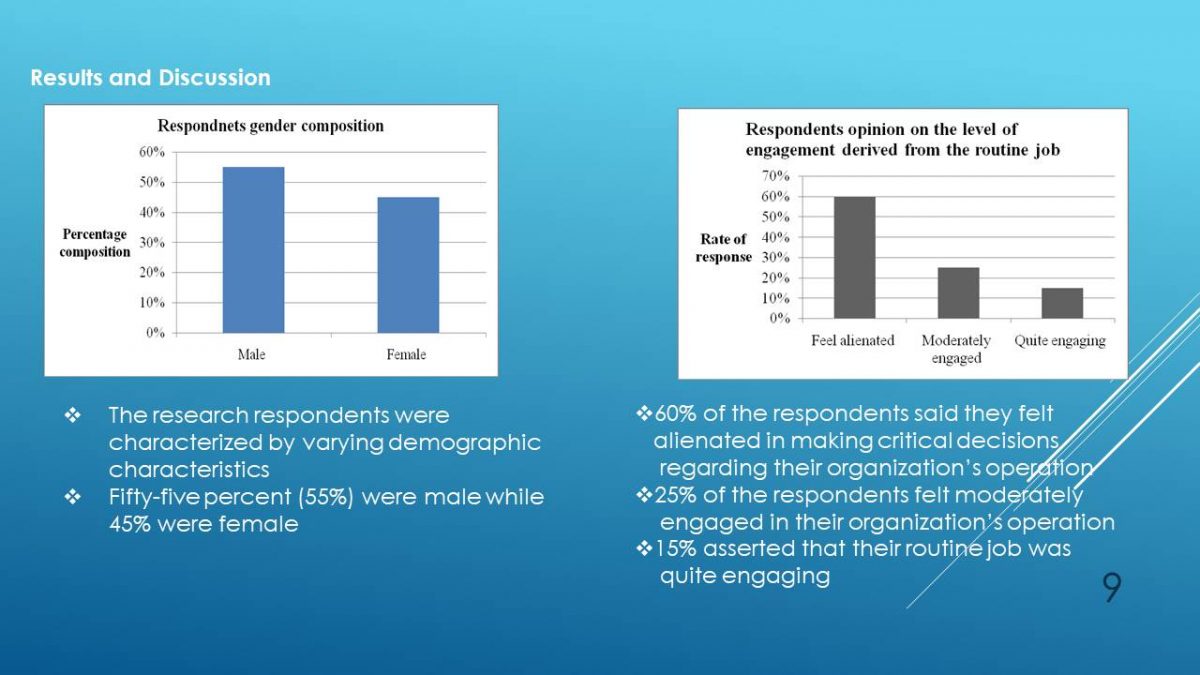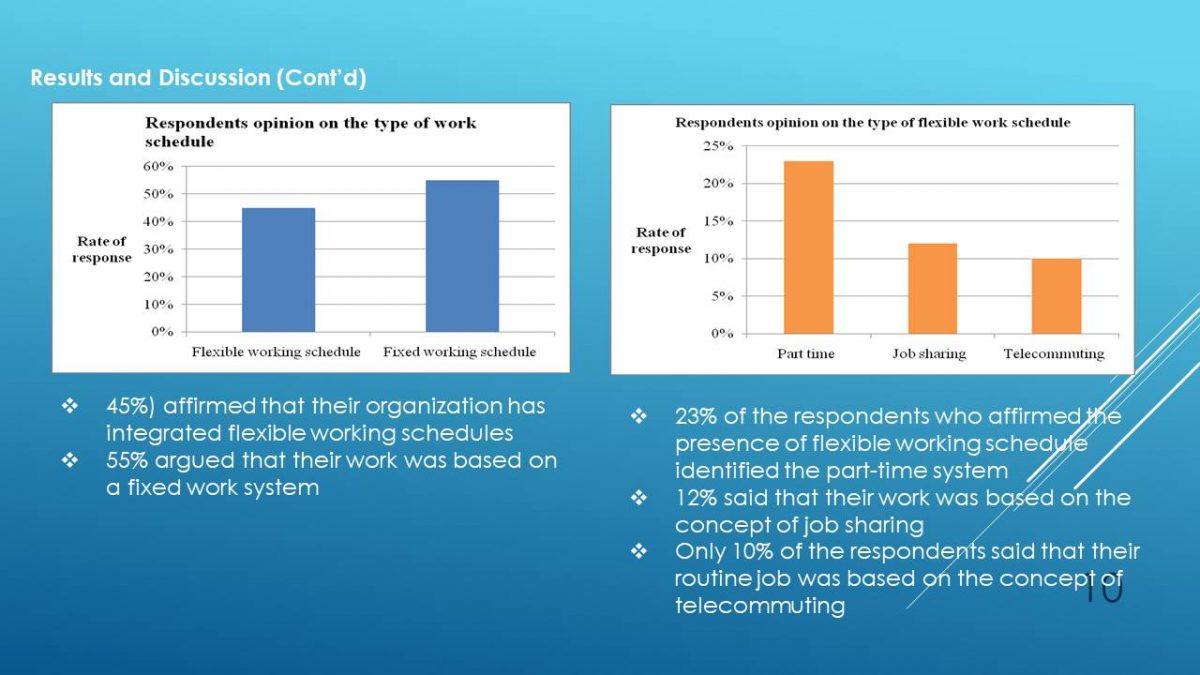Introduction
Present-day organizations operate in an environment characterized by unpredictable and unprecedented events.
The events arise from different factors such as market globalization and technological changes.
Jobless recoveries and job polarization evidence evolution in the modern labour market.
Job polarization entails an increase in the rate of employment in the lowest-wage and highest wage levels of occupation while jobs within the middle-skill level disappear.
Jobless recoveries include the phase following a downturn in which recovery in the cumulative productivity goes along with slower recuperation in the collective employment.
Job polarization is fuelled by technological advancement such as developments in computing, information communication technology and robotics.

Problem Statement
The need to promote employee productivity has led to the formulation of the High-Performance Work Practices [HPWPs].
The rationale for adopting the HPWPs is to improve the organizations’ capacity to cope with the evolving competitive environment.
These practices are considered effective in fostering employee participation, collaboration, and learning.
Research has been undertaken to illustrate the positive relationship between the implementation of HPWPs and employee welfare.
Promoting employee productivity has led to the establishment of work systems or work plans.
The integration of work systems can contribute to improvement in routine jobs.
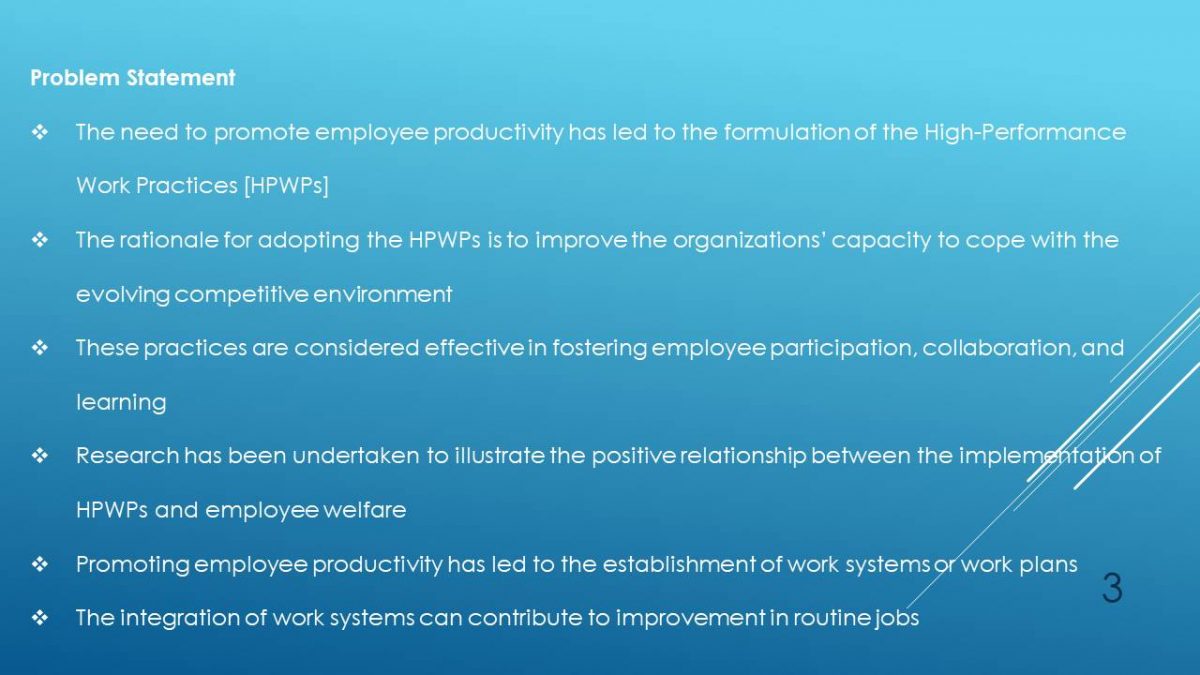
Problem Justification and Research Aims/Objectives
Routine jobs arise from the high cost associated with implementing information technologies.
Such knowledge bases include robotics that help in undertaking routine jobs.
The prevalence of routine jobs is high since not all of them can be computerized.
Jobs can either be classified as routine-oriented or creativity-based.
Hence, consideration of the effectiveness of routine jobs in promoting employee performance is critical.
The research aims and objectives include:
- To investigate whether routine jobs promote creativity.
- To determine whether routine jobs make employees more productive.
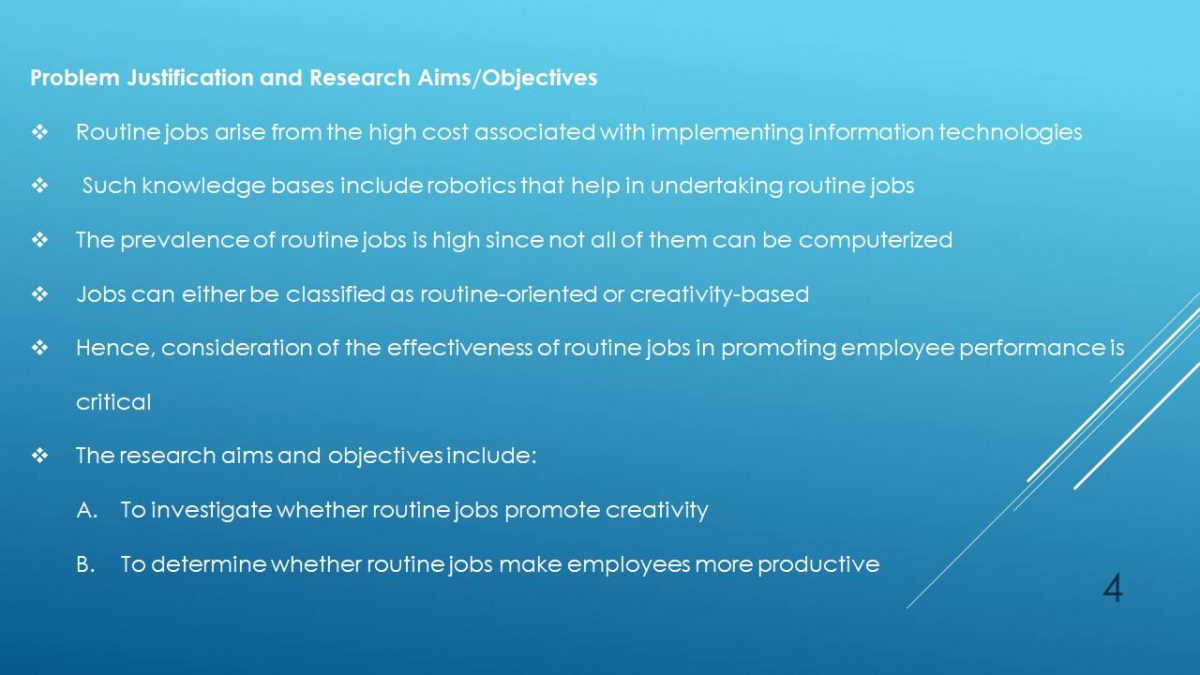
Research Questions and Research Hypotheses
The study will attempt to respond to the following research questions:
- Do routine jobs contribute to the promotion of creativity?
- Do routine jobs make employees more productive?
In responding to the above questions, the study will test the following hypotheses:
- Routine jobs do not encourage change.
- Routine jobs make employees productive.
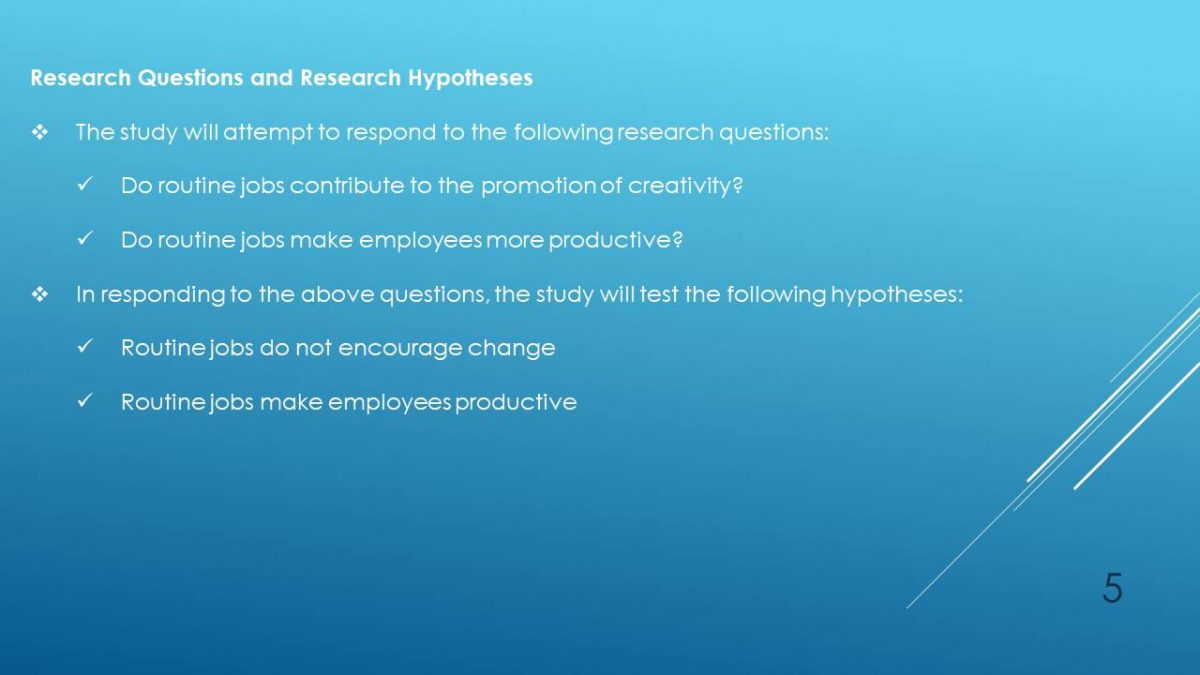
Literature Review
Most organizations consider specialization when designing jobs.
However, effective job designing remains a challenge.
Competing arguments on the benefits of specialized versus broad jobs exist.
One of the arguments relates to mechanistic or technical approach.
The other argument advocates the motivational or psychological approach.
The intensity of competition has motivated companies to consider innovation and creativity to be a critical aspect of gaining competitiveness.
Innovation increases an organization’s capacity to keep up with the changing market needs.
Firms are encouraging employees to think about innovative ideas and to take risk.
However, the likelihood of employees in routine jobs participating in decision-making and problem-solving is limited.
The efficacy of the high-involvement system in stimulating employee performance has increased.
Substantially
Adopting a fixed work schedule poses challenge in promoting employee productivity.
The constraints associated with fixed working hours or shift lengths explain the above challenge.
Flexible working schedules are mainly associated with wage premium, which increases the likelihood of increasing employee productivity.

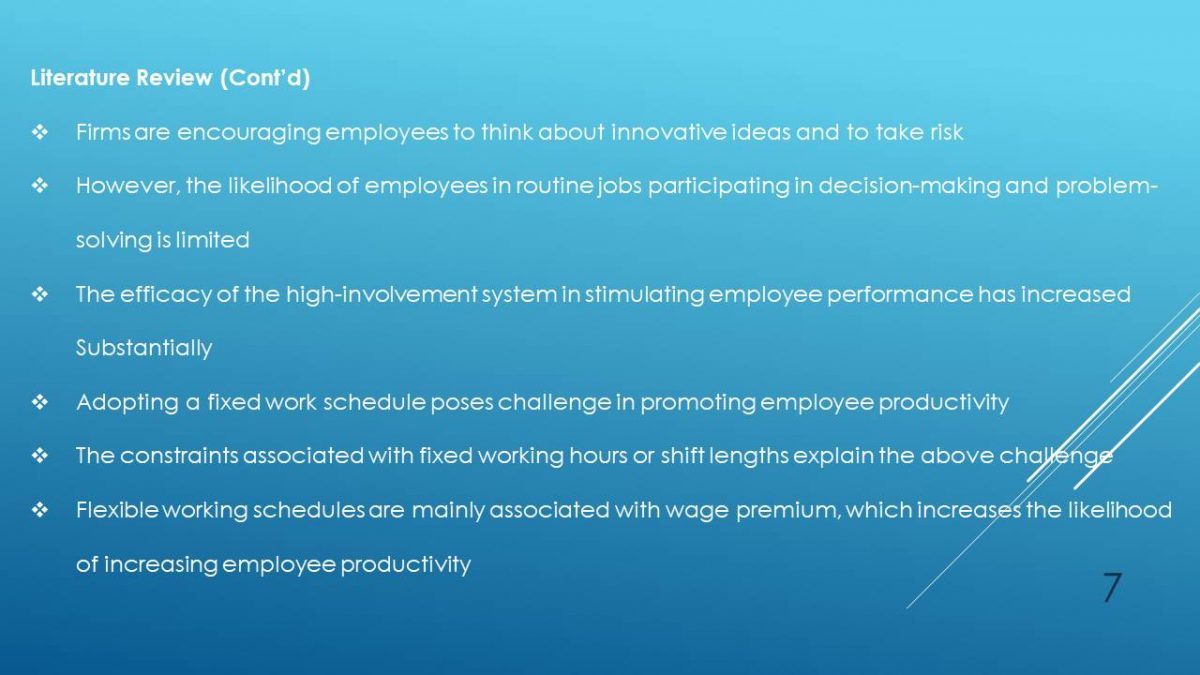
Research Methodology: Data Collection, Sampling, and Presentation
The study is based on the exploratory approach.
An investigative study reveals insights and facts concerning a problem.
The study will be based on the concept of triangulation by integrating the mixed research approach.
The mixed research design ensures that the research question is answered successfully.
The design incorporates inductive and deductive reasoning methods.
The study is based on primary and secondary data.
Such data is collected from employees from three companies in the banking, manufacturing, and mining industries.
The sample study will be constructed using purposive sampling that relies on 100 respondents.
Data will be presented using a combination of graphs, tables, and percentages.
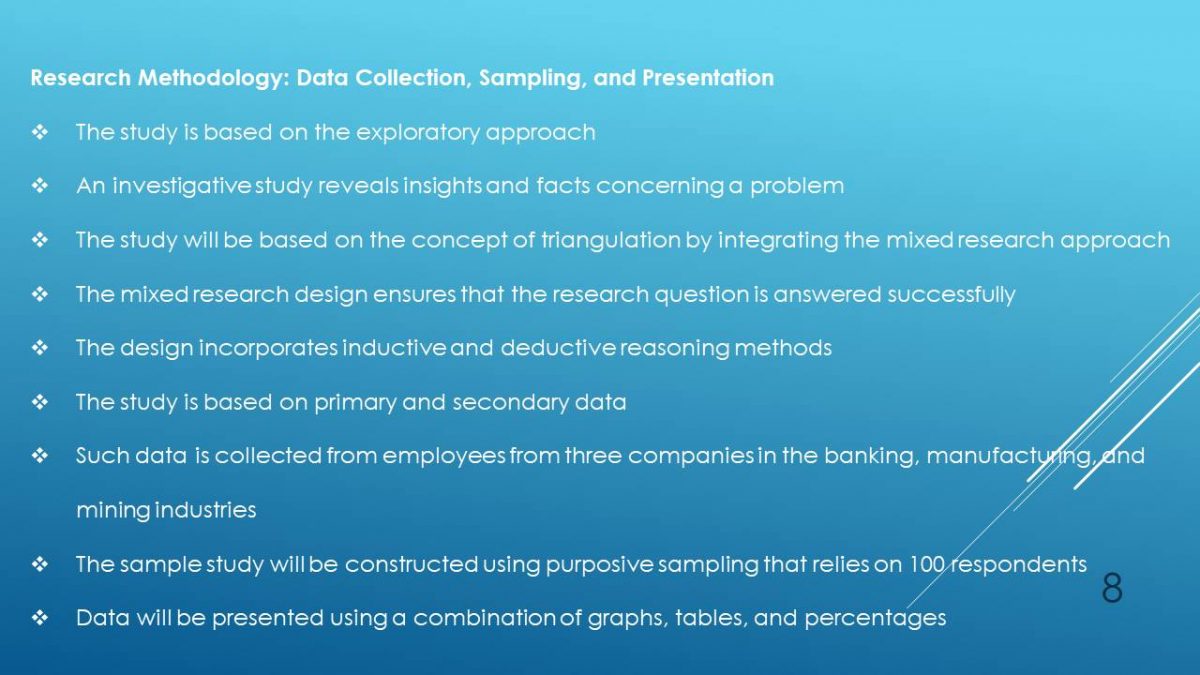
Results and Discussion
- The research respondents were characterized by varying demographic characteristics.
- Fifty-five percent (55%) were male while 45% were female.
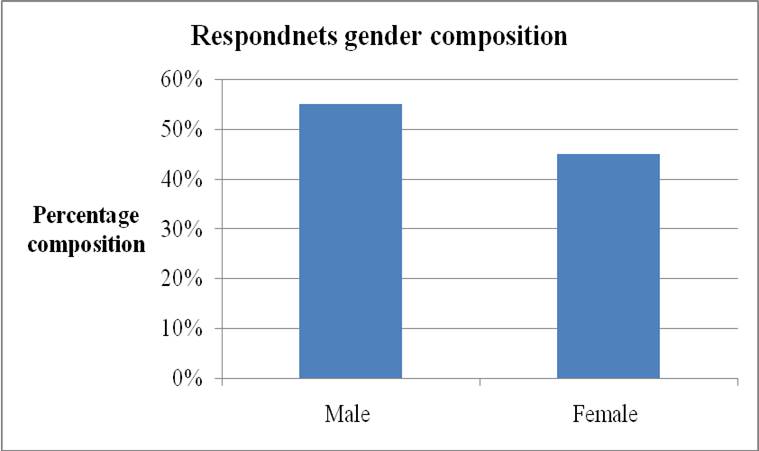
- 60% of the respondents said they felt alienated in making critical decisions regarding their organization’s operation.
- 25% of the respondents felt moderately engaged in their organization’s operation.
- 15% asserted that their routine job was quite engaging.

- 45% affirmed that their organization has integrated flexible working schedules.
- 55% argued that their work was based on a fixed work system.
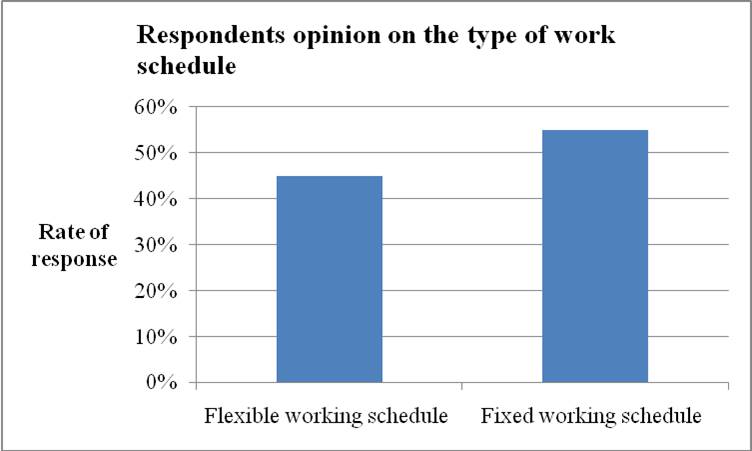
- 23% of the respondents who affirmed the presence of flexible working schedule identified the part-time system.
- 12% said that their work was based on the concept of job sharing.
- Only 10% of the respondents said that their routine job was based on the concept of telecommuting.

Most routine jobs in the organizations considered in the study are based on the part-time working schedule.
The adoption of the concept of flexibility with regard to routine jobs is not effectively developed.
The integration of the concept of telecommuting or working from home within the routine job category is not a common approach within organizations.
Job sharing where two employees share a particular routine job is also not well developed.
Job sharing provides an opportunity for employees to share ideas and energy.
The probability of employees under such a job arrangement being highly productive is high .
